Dash cam buying guide
Stay streetwise. From front and rear dash cams to SD cards and everything in between – here’s a guide to choosing the best dash cam for your car.
Shop all dash camsWhat is a dash cam?
Dash cams record what happens during your car journey. They are great 'eyewitnesses' and the recorded video can be used as evidence following accidents or other incidents driving, which in turn make them very helpful in keeping insurance premiums low. If you're fond of a road trip, a dash cam is also the perfect way to record that memorable journey so that you can look back on it whenever you want.
Types of dash cams - front and rear facing
Front facing dash cams
Best bits
- They're easy to set up.
- They can be hardwired or plugged into your car’s 12V accessory outlet or USB port – hardwiring will give you greater functionality.
- More cost effective that a dual dash cam model or other combined package. A rear dash cam can be added at a later date if you want to upgrade to get more coverage around your vehicle.
Things to note
- Records forward facing video only, so it may miss events that happen on either side or the rear of your car.
Front and rear facing dash cams
Best bits
- They're easy to set up, the front camera is set up first then the rear camera is connected to this.
- They can be hardwired or plugged into your car’s 12V accessory outlet or USB port.
- Combined recording area means they can capture incidents from the front, back and sides of your car.
Things to note
- Tend to be more expensive than a front camera on its own as you are getting two cameras.
Our favourite dash cams
Shop by brand
Specification information

How good is the camera picture?
The quality of the camera in your dash cam will determine the detail that you capture. The higher the number of pixels the sharper the footage captured will be. It is also worth noting that cameras that are of a higher quality will record in higher definition, therefore using space quicker on memory cards. An SD card with higher gigabytes would be more beneficial for dash cams that record in HD. Take a look at the three main dash cam camera definitions below to determine what quality suits your needs:
Comparing dash cam image quality
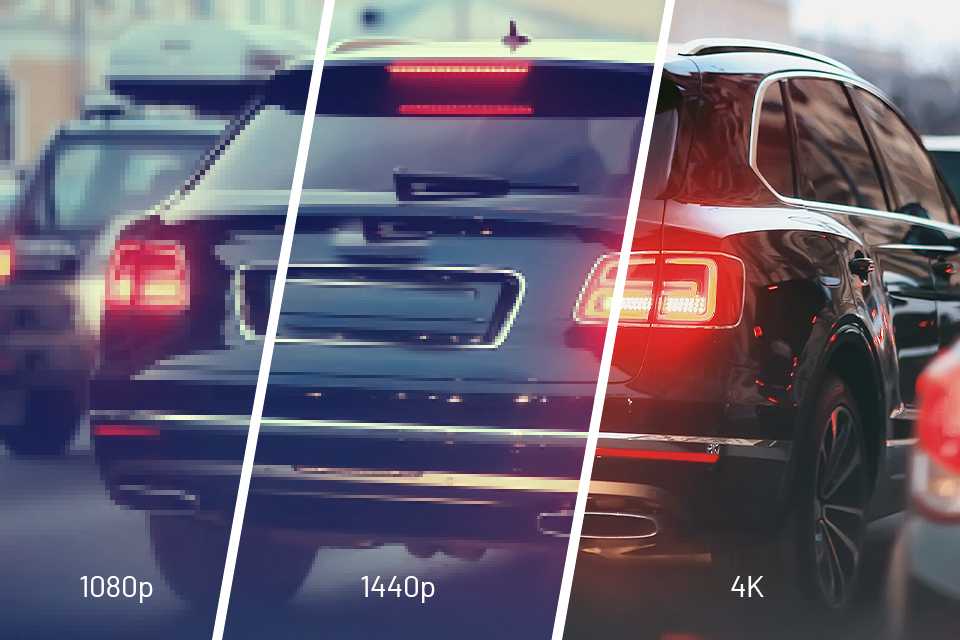
1080p Full HD
- Captures events and scenery clearly close-up and further away.
Shop all HD dash cams
1440p Quad HD
- Gives you a wider view. Higher resolution allows you to zoom in and identify details.
Shop all Quad HD dash cams
4K HD
- 4 times the resolution of 1080p, this is the ultimate quality you can have on a dash cam. Perfect for seeing number plates at the furthest distance with crystal clear vision day and night.
Shop 4K HD dash cam
Other key features
GPS
This is very useful when making insurance claims. It can pinpoint your location, how you arrived there and what speed you were travelling at.
G- force sensors
When your camera detects an impact against your vehicle it automatically saves the footage and prevents it from being overwritten.
Parking mode
If your vehicle is hit while it's parked, the camera switches on automatically as soon as the impact is felt to capture the incident.
Night vision
Infra-red night vision records clearer images in the dark in areas where there's not much street lighting.
Auto start
The dash cam starts recording automatically when your car starts to drive.
Loop recording
Once your memory card is full, the dash cam will record over old footage, so it never stops filming. Any important footage can be easily saved and protected.
How do dash cams work?
The importance of SD cards
The SD card is the most vital accessory of a dash cam because no matter how great your dash cam, if the SD card itself fails to record then you have captured nothing. Dash cams will store video on an SD card, which is usually sold separately. Most cameras will record on a loop, recording over old footage once the card gets full. You can save important footage from being taped over by downloading it to another device.
Note that not all SD cards are the same. Dash cam SD cards are designed to:
- Read and write to the SD Card 24/7, 365 days a year.
- Withstand extreme temperature variations.
- Meet automotive standards.
- Handle the wear and tear of daily driving.

What size SD card do I need for my dash cam?
Most dash cams will take either an SD or Micro SD card. The more gigabytes (GB) a memory card has, the more video it can store before it gets recorded over. If you record at the highest quality, the memory card will fill up quicker. Wondering how long dash cams record for? Here's an example of recording time by memory card size:
Estimated recording time in 1080p:
- 32GB – 4 Hours
- 64GB – 8 Hours
- 128GB – 16 Hours
Dash cams with built-in screen
You'll be able to immediately view footage on your camera whenever you need to.
WiFi enabled dash cams
You can download your footage to a device to view. You can also send footage direct to your insurer.
Dash cams with no screen
Dash cams with no screen will always be W-Fi enabled to allow you to quickly connect, find, and share the clip you need. They will also give you live view.
Install and go
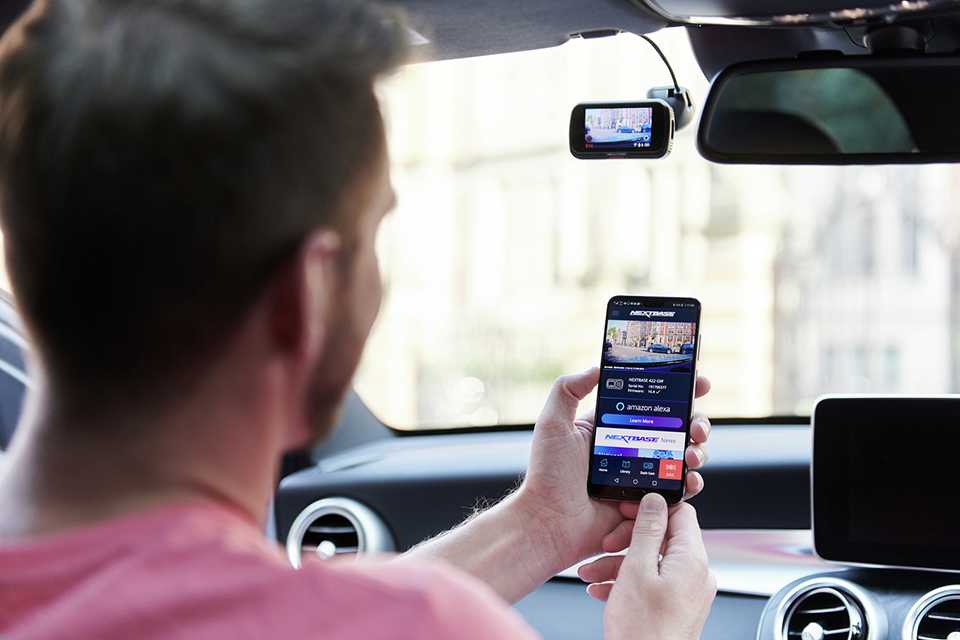
Where should I put my dash cam?
- Dash cam footage helps to prove innocence or wrongdoings in accidents, so it's vital to position it just right.
- The best place for your dash cam is high up to the left of your rear-view mirror where it can capture both sides of the road without blocking the driver's view.
- Make sure it's within the space where the windscreen wipers clean to avoid dirt obstructing the view. 40mm intrusion into this surface area is the maximum permitted in UK law.
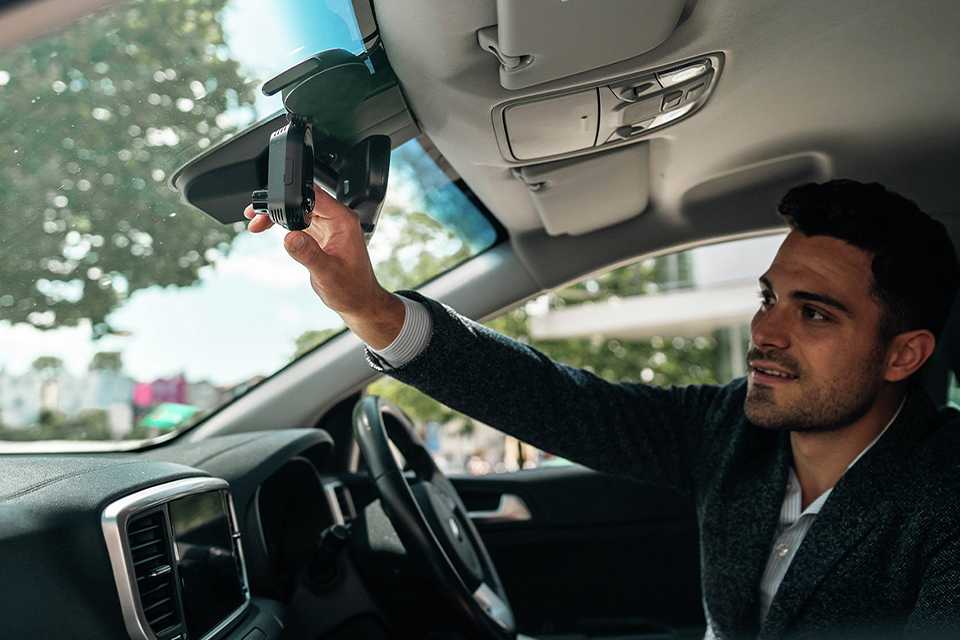
How do you install a dash cam?
- Most dash cams attach to your windscreen or dashboard via a suction cup. Some will attach to your rear-view mirror.
- Dash cams are powered by your car's 12V accessory outlet. Some can also be charged via USB port. They can last a short time on battery power.
- You can also get a dash cam installed professionally and wired to your power, but you will need an additional hardwiring kit.
Still not sure?
These frequently asked questions might help:

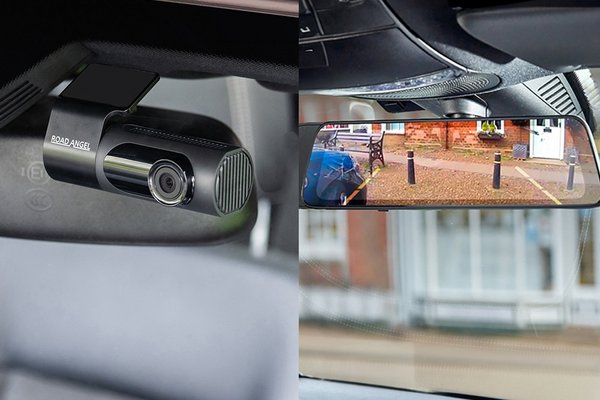&poi={$this.metadata.pointOfInterest.x},{$this.metadata.pointOfInterest.y},{$this.metadata.pointOfInterest.w},{$this.metadata.pointOfInterest.h}&scaleFit={($this.metadata.pointOfInterest.x>0)?$sfpoi:$sfcenter}&sm=aspect&aspect=3:2&sfcenter=center&sfpoi=poi&qlt=50&fmt=auto&noiser=0&fmt.jpeg.interlaced=true&fmt.jp2.qlt=40&)
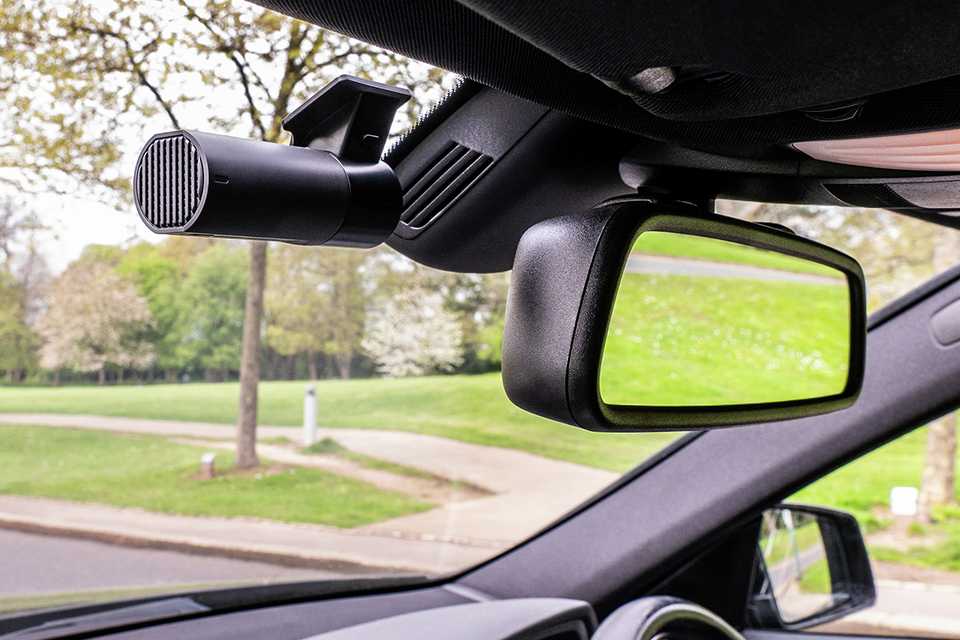
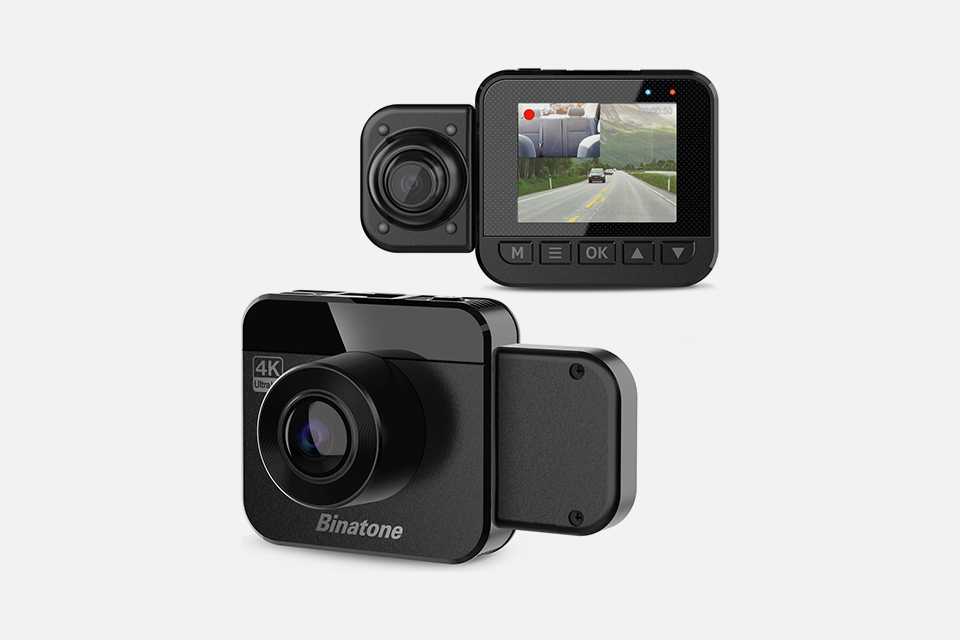




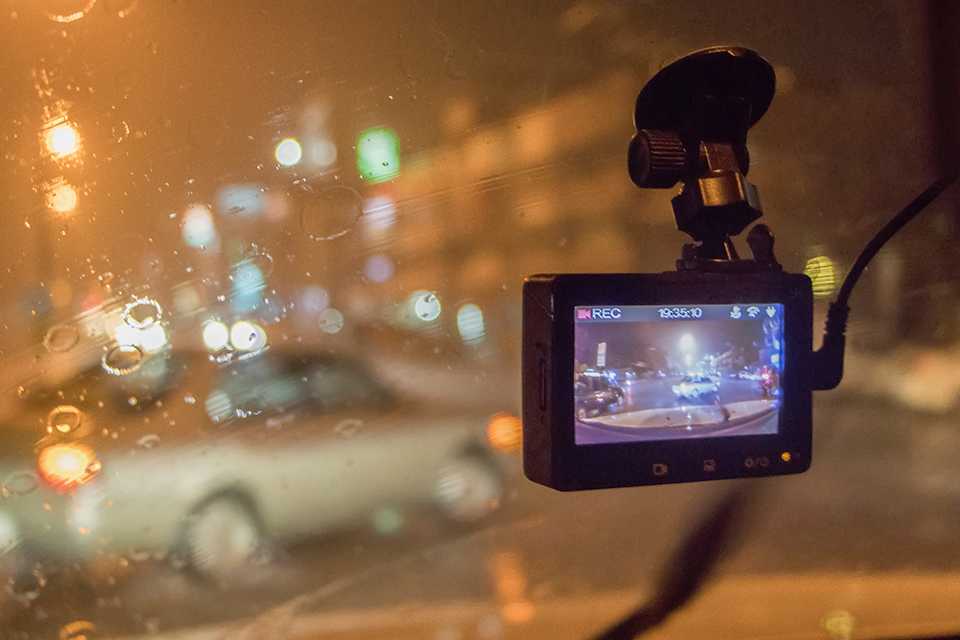

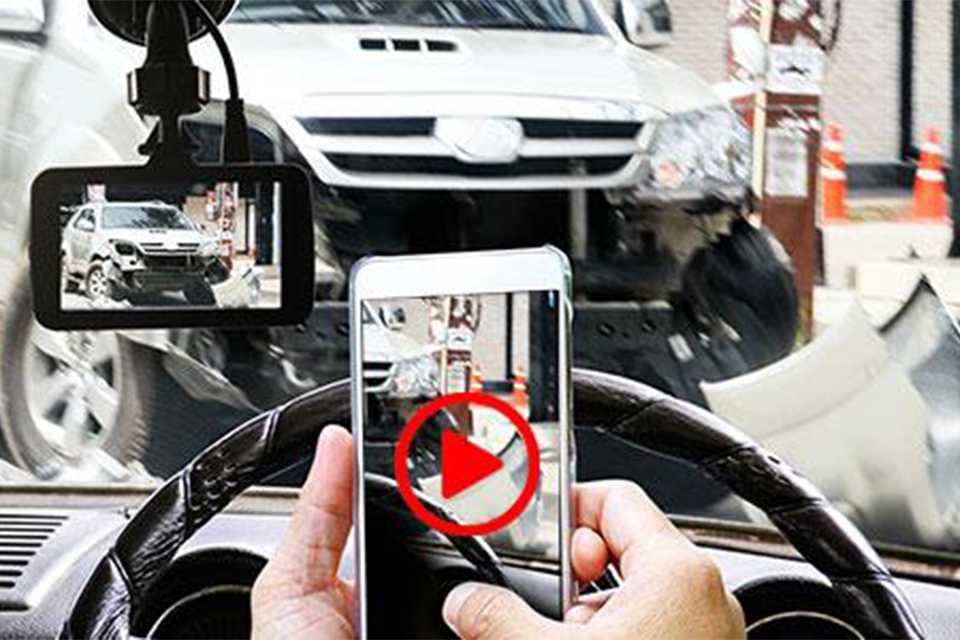
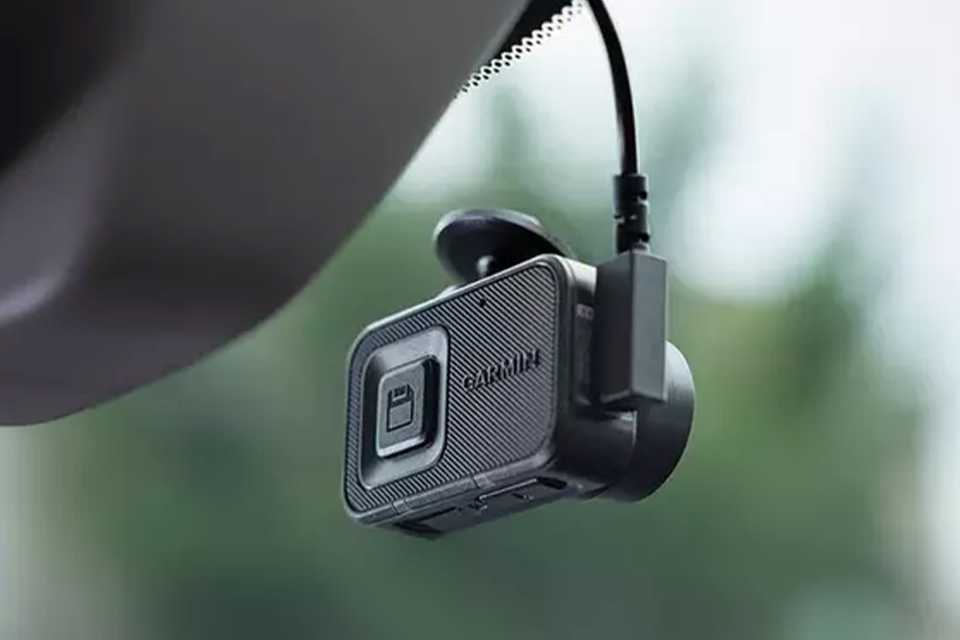
?$sfpoi:$sfcenter}&sm=aspect&aspect=2:1&sfcenter=center&sfpoi=poi&qlt=50&fmt=auto&noiser=0&fmt.jpeg.interlaced=true&fmt.jp2.qlt=40&w=600&)
?$sfpoi:$sfcenter}&sm=aspect&aspect=2:1&sfcenter=center&sfpoi=poi&qlt=50&fmt=auto&noiser=0&fmt.jpeg.interlaced=true&fmt.jp2.qlt=40&w=600&)
?$sfpoi:$sfcenter}&sm=aspect&aspect=2:1&sfcenter=center&sfpoi=poi&qlt=50&fmt=auto&noiser=0&fmt.jpeg.interlaced=true&fmt.jp2.qlt=40&w=600&)